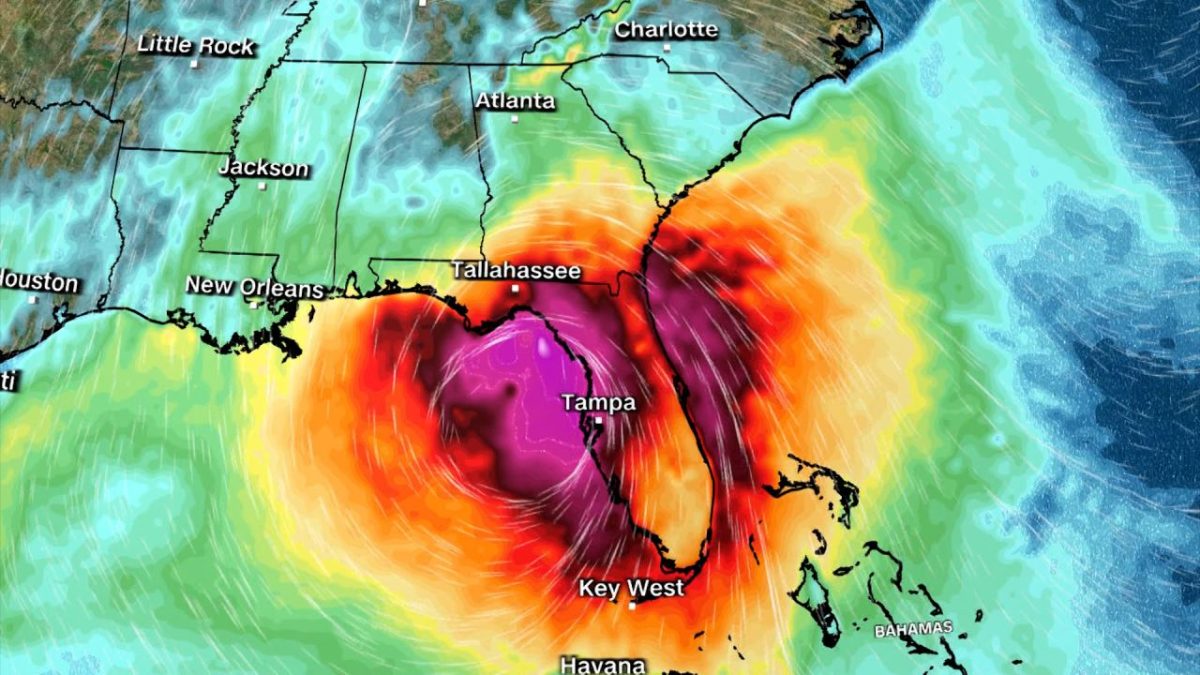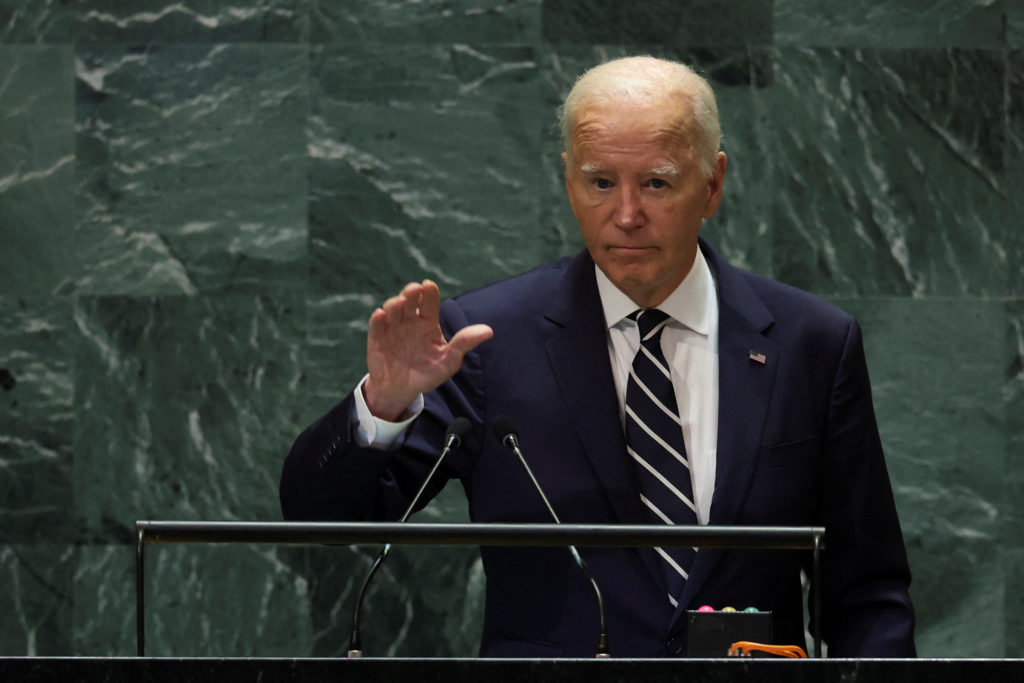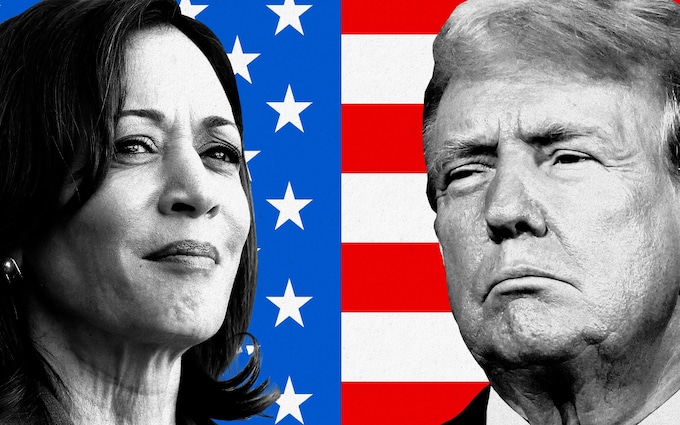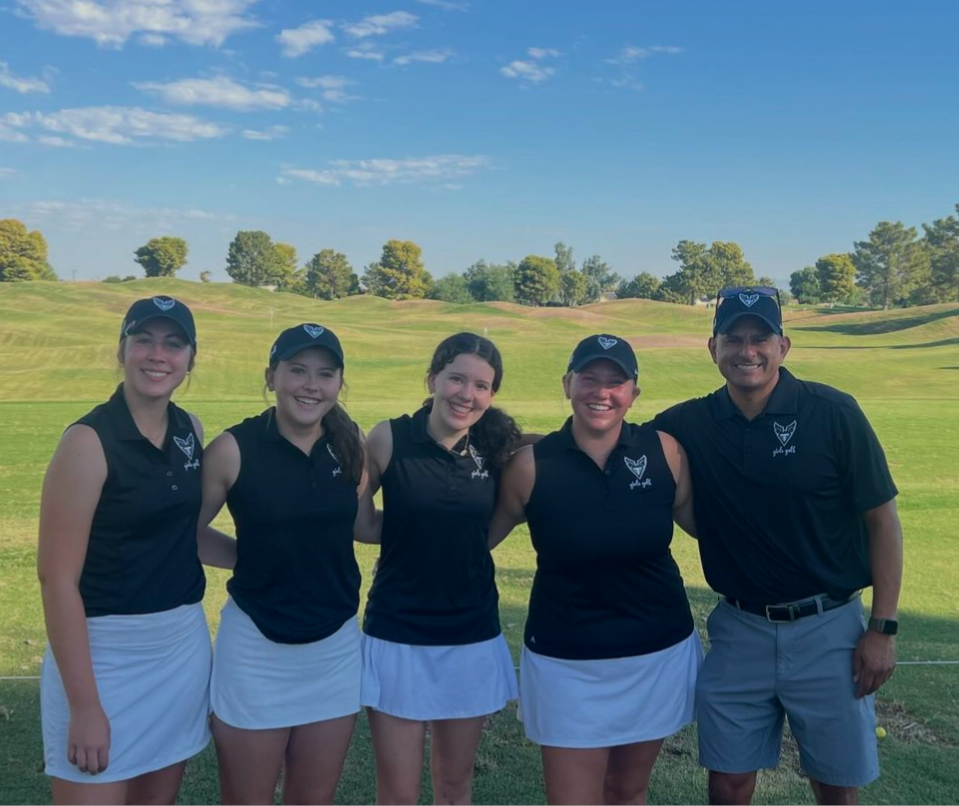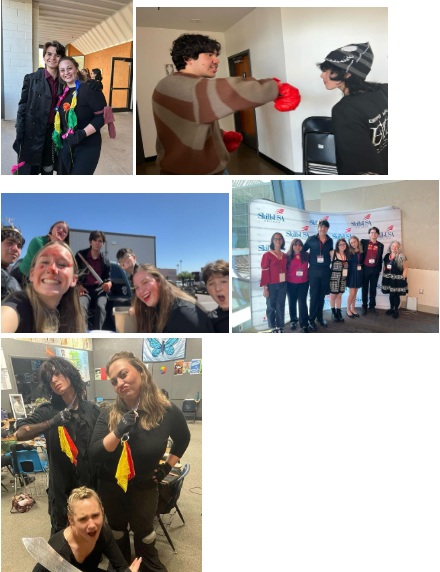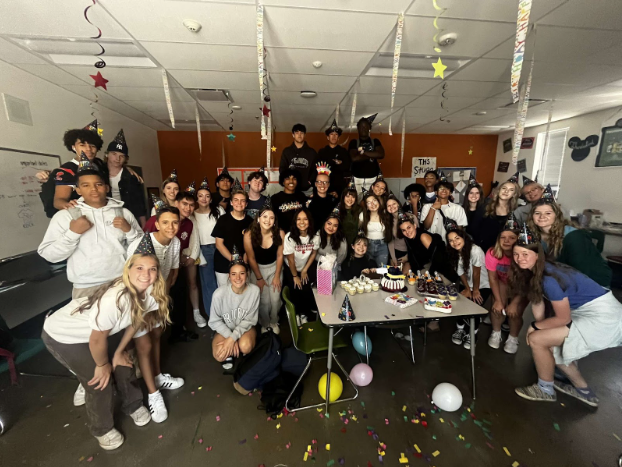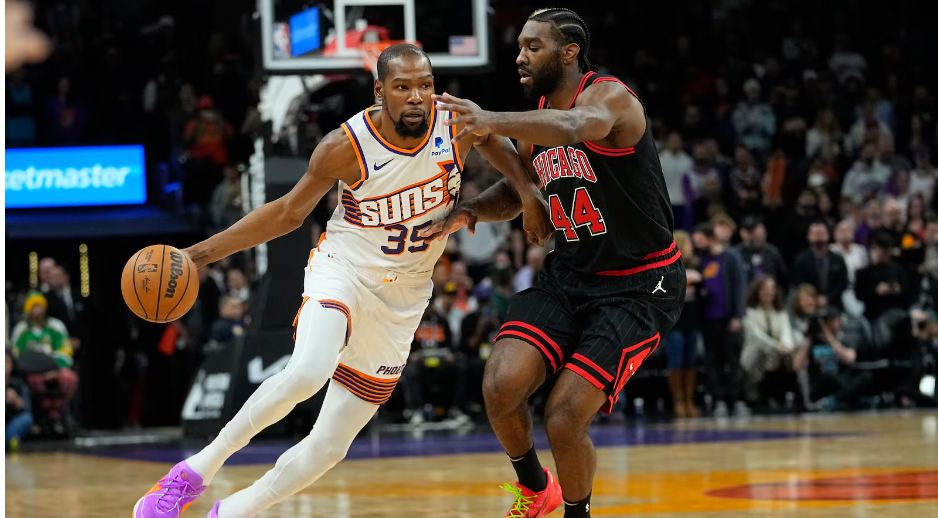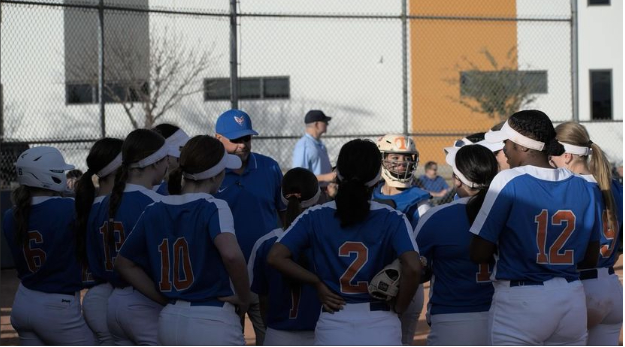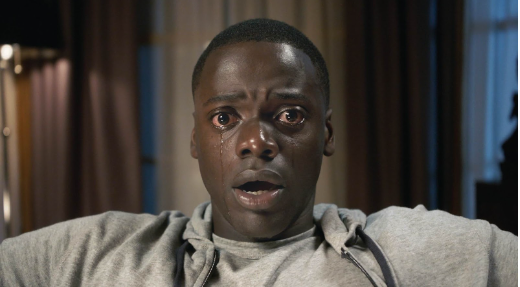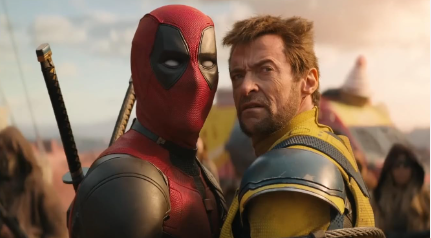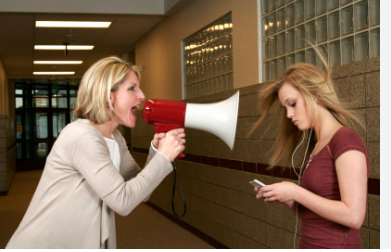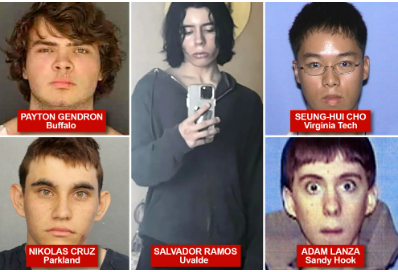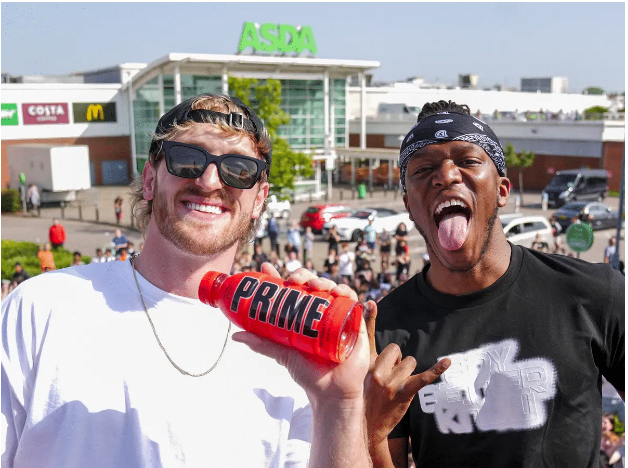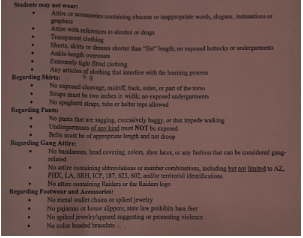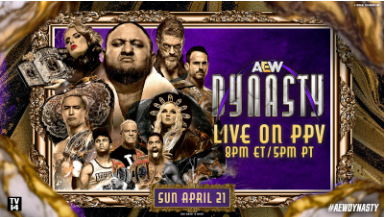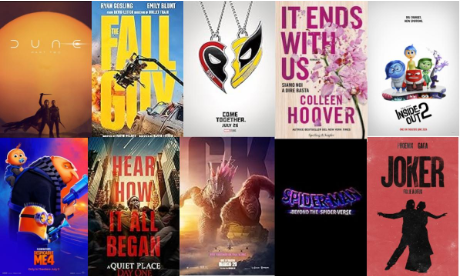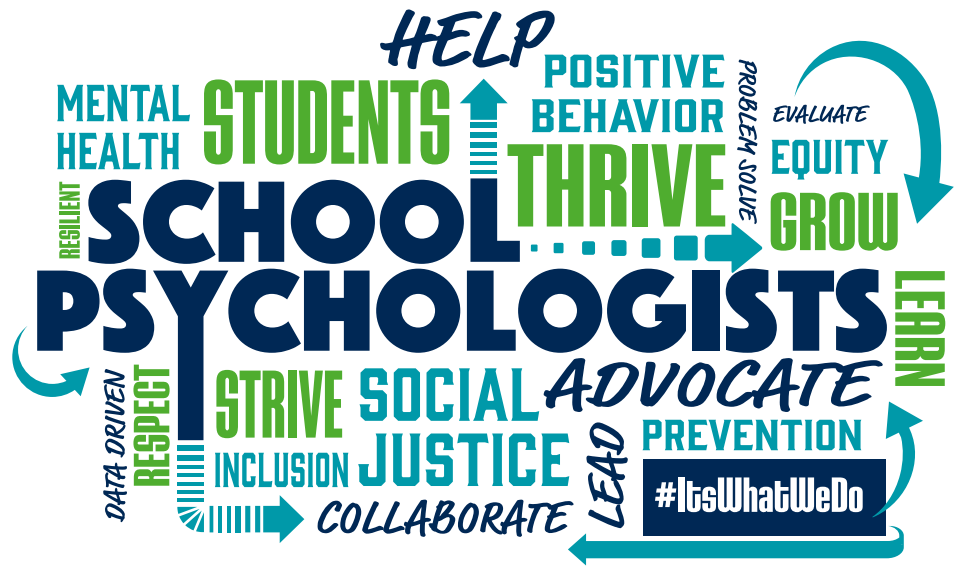School shootings have become a tragic and an all-too-frequent part of American life. Headlines report them regularly, but the true causes behind these incidents are often buried beneath layers of sensationalism.
What drives someone to pick up a weapon and bring it to a school? And more importantly, why haven’t we, as a society, done more to prevent them? There is no single explanation for why school shootings happen, but there are a number of contributing factors that, when combined, create a perfect storm.
While not all school shooters are mentally ill, many exhibit warning signs in the months leading up to their actions. For example, 19-year-old Nikolas Cruz, known for his violent Parkland Shooting attack in 2018, “was the subject of dozens of 911 calls and at least two separate tips to the FBI. He also came to the attention of the Florida Department of Children and Families,” according to NPR. Cruz’s former psychologist also testified that Cruz had many behavioral and developmental issues, according to apnews.
“I think it is helpful for friends to be on the lookout for change in behavior, if they’re willing to open up to you, you can always point them in the direction of some resources,” says Tiffany Burkett Crist, school psychologist. Litzy Santana, a social worker on campus, can be a resource for students.
Those struggling with mental health elsewhere can contact resources such as 988 hotline, the Trevor Project, and One n Ten, an Arizona resource for LGBTQ+ individuals.
Perhaps the most troubling question is why, despite the frequency of these shootings, our government has done so little to address the problem. After each tragedy, politicians offer thoughts and prayers, but meaningful change rarely follows. The debate over gun control remains stuck in a gridlock, and while there have been some legislative efforts, such as the STOP School Violence Act that was introduced on Jan 30, 2018. They have often been watered down or sidelined by political interests.
According to sandyhookpromise.org, one of the leading causes of death among American children and teens is the widespread availability of guns. The United States has one of the highest rates of gun ownership in the world, and while many gun owners are responsible, the sheer number of firearms in circulation makes it easier for people with violent intentions to carry out their plans. The most recent school shooting, which occurred on Sept. 14, was carried out by 14-year-old Colt Gray, who shot 11 people and murdered 4 of them. Gray had received an AR-style rifle as a Christmas gift from his father, Colin Gray, last year. Both Colt and Colin were arrested, which was a step in the right direction as the father was responsible for providing his son with a deadly weapon. However, more needs to be done to prevent these tragedies. While I do not believe the Second Amendment (which states “the right of the people to keep and bear arms, shall not be infringed”) should be revoked, I do believe we, as a country, need stricter policies on who can purchase those firearms that are very dangerous and often cause misfortune. Perhaps we need mental health evaluations for those who are interested in purchasing them, so they’re not so easily accessible. Either way, a child should never have access to a deadly weapon, and those weapons should be used for protection, not destruction.
The truth is, the issue of school shootings is not new, and it’s not going to go away on its own. As a society, we need to recognize that this is not just a problem for law enforcement or school administrators to solve: it’s a problem for all of us. We need comprehensive gun reform, better mental health care, and a cultural shift away from the glorification of violence.
Until we take these issues seriously, not only school shootings, but mass shootings will continue to be a devastating reality.

